It's a delicious sweet indulgence but how much do you really know about chocolate? Chocolate is the end result of a process that starts twenty degrees north or south of the equator and ends in our tummies. It isn't a legume as the term "cocoa bean" might imply, but chocolate comes from cocoa trees and is known as Theobroma cacao coming from a fruit. There are four commonly referred to types of tree with one additional genetically modified tree known as CCN-51 but there are actually many more subtypes of Theobroma cacao.
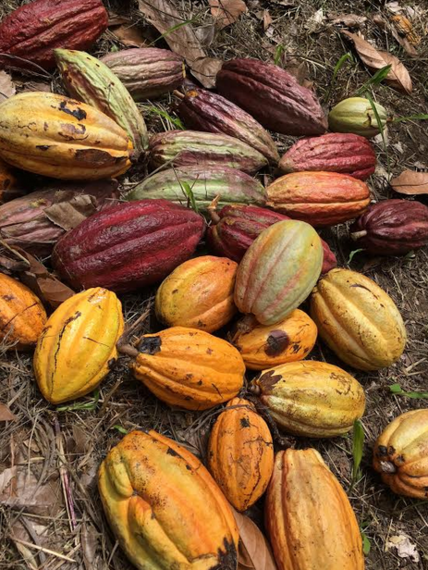
Cocoa pods in a pile in Grenada before being split open
Image Credit: Judith Lewis
The four main non-GM types of cacao are: Criollo, Trinitario (a hybrid), Forastero and Aribia Nacional. It is, of course, more complex however for now we'll stick to the basics. The most difficult to farm is the Criollo with its beautiful flavour but low disease resistance. The most common type of cacao tree is the Forastero as it is hardy and disease resistant with high cocoa bean yields, but it is less flavourful. The Trinitario is a hybrid of the Criollo and Forastero - bringing the disease resistance of the Forastero and the delightful flavours of the Criollo together. The Ariba Nacional is a Forastero but unique to Ecuador and very flavourful. CCN-51 is an unpleasant tasting genetically modified tree which is taking over in Ecuador sadly and only suited to mass market chocolate.
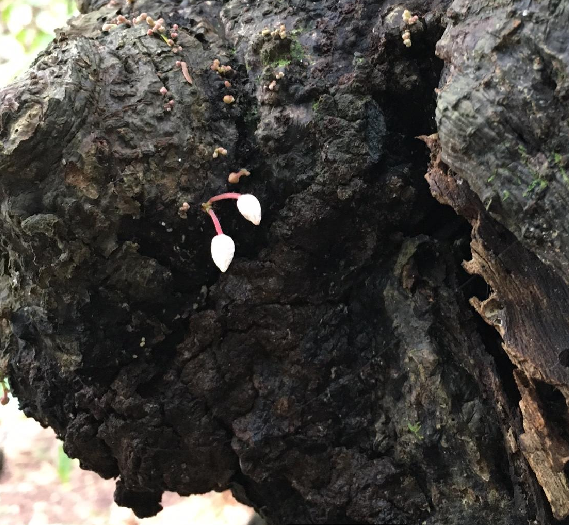
Cocoa flowers blooming from a node on a tree trunk at Tri Islands Farm in Grenada
Image Credit: Judith Lewis
Cacao pods do not grow like normal fruit on a tree but flower from nodes on the trunk and older branches. They will flower again and again from the same area unless it is damaged which can happen during harvesting. This is why harvesting cannot be mechanised - the tree could become less productive through damage by machinery. This is also why cacao farming is dying out in many areas of the world - it is difficult to farm and requires a lot of manual labour to care for it and harvest it - but the results are worth it!
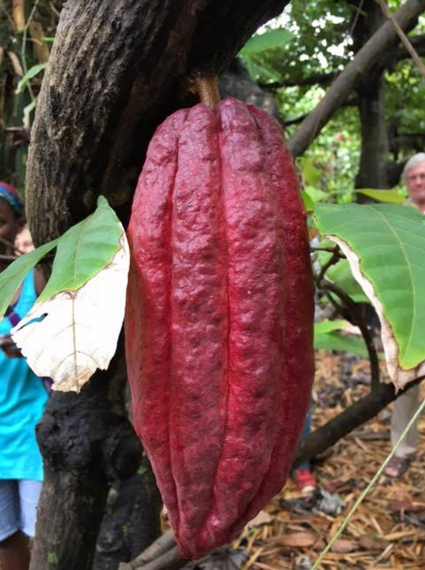
Cocoa pod growing on a tree branch at Tri Islands Farm in Grenada
Image Credit: Judith Lewis
Over ninety percent of the worlds cacao is Forastero apparently if survey numbers can be believed, and some estimates have placed the Ivory Coast as the largest supplier of global cacao production though the figures released by the World Cocoa Foundation place the amount closer to thirty three percent with Ghana a close second at also one third. Ivorian is the cocoa we commonly get in mass market chocolate but is tainted by the use of some child slave labour. Choosing certain mass market chocolate means supporting child slave labour because commodity prices for cocoa are so low compared to the effort required.
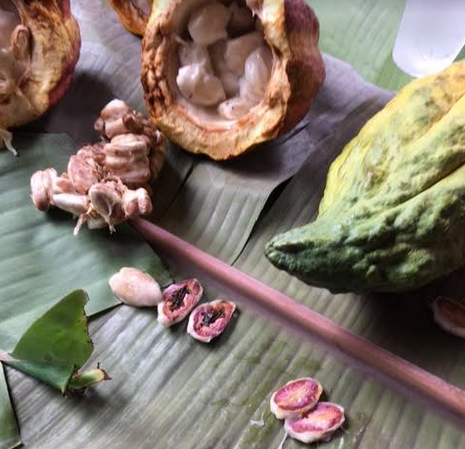
Open cocoa pods with split cocoa beans at Belmont Estate in Grenada
Image Credit: Judith Lewis
To make chocolate, cacao pods are harvested from a tree using a machete-like device which separates the pod from the trunk or branch. The pod is split open and the cacao beans are pulled out with their coating of white mucilage still covering them, and then piled in fermentation boxes for three to seven days. Once fermented, the beans are dried on the ground or on tables and regularly turned by shuffling through them. Once dried, the beans are bagged up and shipped to chocolate makers where they are carefully roasted, cracked and winnowed to remove the thin shell leaving only the nibs (just the crushed bits of the whole bean, not a special part). The nibs are then crushed into a fine paste because both the fat (cocoa butter) and the solid (cocoa solids) are present in the bean. Of course sugar is not but even though the bean looks hard, there is actually a lot of fat in it. Once a liquor, sugar and sometimes milk powder is added to the mix which is then tempered into the bars we know.
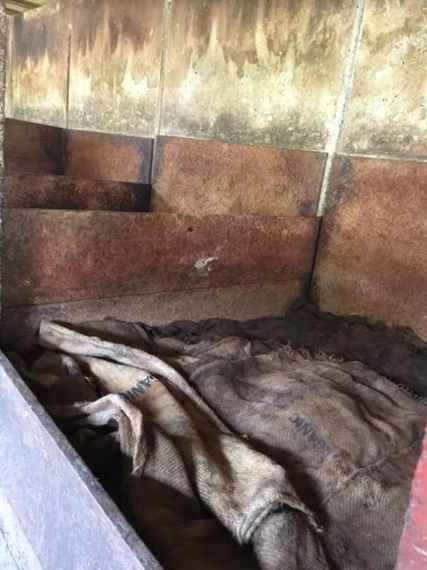
Fermentation boxes lined with banana leaves topped with sacks at Belmont Estate Grenada
Image Credit: Judith Lewis
For something as seemingly simple as a chocolate bar, a failure at any point will render the end product inedible making it more expensive than we realise to produce. Nicaragua, Madagascar, Honduras, Peru, Indonesia and other places are highly prised by artisan chocolate makers - by paying farmers more for their cocoa, they are supplied with better quality cacao which chocolate makers like Duffy turn into excellent chocolate.
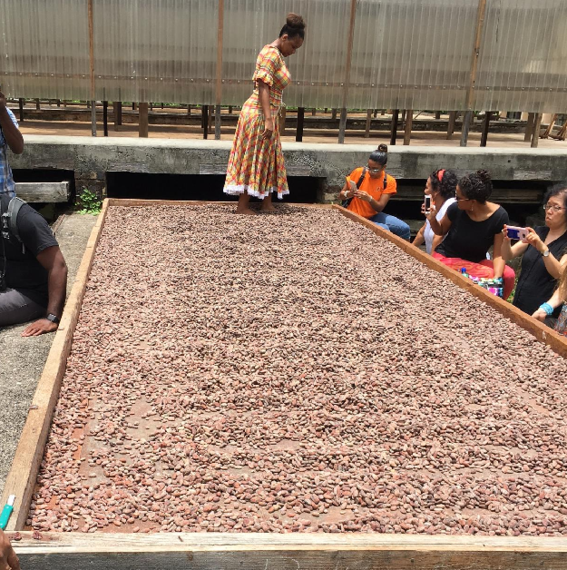
"Cocoa Dance" turning over drying cocoa beans at Belmont Estate Grenada
Image Credit: Judith Lewis
Choosing Divine chocolate from the supermarket means supporting farmers twice as they sell the beans to the co-op plus the farmers own a forty five percent stake in Divine. Choosing Chocolat Madagascar means not only supporting farmers, but also helping to increase skills diversity in Madagascar as one of the few bars made in origin. Choosing chocolate from Grenada helps this country improve its economy and helps people like Aaron Sylvester reclaim land with his Tri Islands Farm and generate more income from cocoa, reducing the cocoa shortage. Choose chocolate that is better for you, and the farmers.